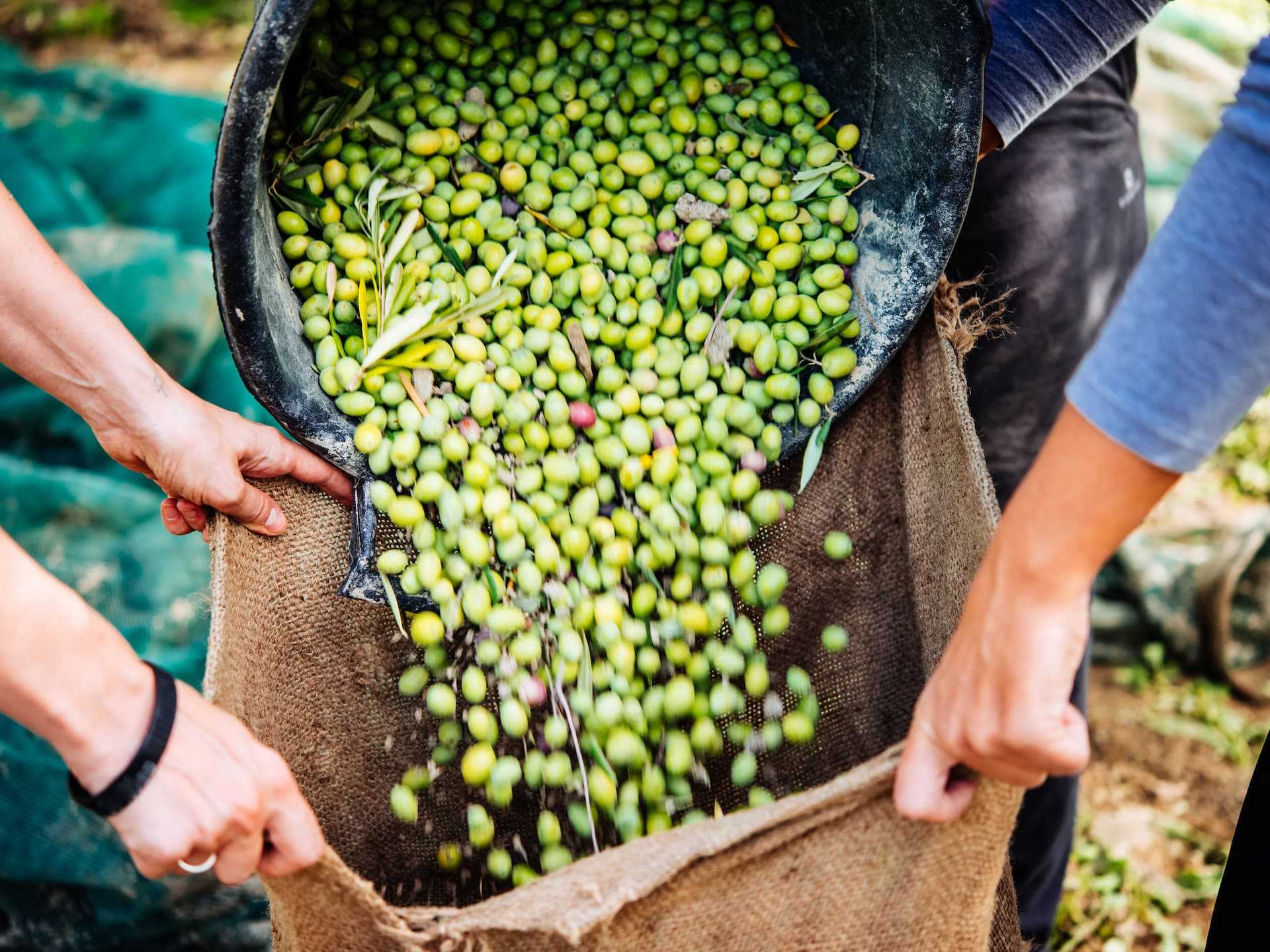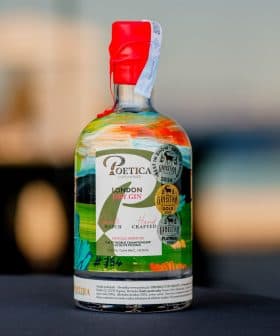Italian Olive Oil Exports Doubled in Last 20 Years

Italy is expected to be the world’s second-largest olive oil producer with a harvest of 315,000 tons, behind Spain but exceeding Tunisia, Greece, and Turkey. Italian olive oil exports have doubled in value over the past 20 years, with significant growth in demand from European Union countries, the United States, and Asian nations.
With an expected harvest of about 315,000 tons, Italy’s national statistics agency (Istat) confirmed the country will once again be the world’s second-largest olive oil producer.
The country sits far behind Spain, at an estimated 1.2 to 1.35 million tons, but will exceed the harvests in Tunisia, with 250,000 tons, and Greece and Turkey, with 200,000 tons each.
In a press release, the Italian farming association, Coldiretti, rattled off the expected global olive oil production figures to highlight the growing role of Italian olive oil exports. According to the association, the value of Italian olive oil shipments abroad doubled in the past 20 years.
See Also:Olive Oil Trade NewsAdditionally, olive oil exports have accelerated since the onset of the Covid-19 pandemic. Coldiretti attributed this is due to increasing demand for healthier products. In the first six months of 2021, Italian olive oil exports value grew five percent.
Based on data from Istat, Coldiretti said almost half of Italian olive oil exports are destined for other European Union countries.
There, demand for the product has grown 98 percent in the last two decades. Germany has led the way, increasing its demand for Italian olive oil by 95 percent since 2001, more than France, the United Kingdom and Japan.
Still, exports to Asian countries have almost tripled, with a growth of 162 percent in the same period.
When it comes to major partners, the United States remains by far the most important for Italy, with almost one-third of all olive oil exports destined for the U.S. Furthermore, the growth has been steady. Shipments across the Atlantic grew by 73 percent since 2000.
According to the International Olive Council (IOC), Italy replaced Spain as the largest olive oil exporter to the U.S. in the 2019/20 crop year.
However, this may be temporary as the significant drop in Spanish exports was largely attributed to tariffs imposed by the U.S. concerning the Airbus-Boeing dispute, which have since been suspended.
Among the reasons for the continued growth of Italian olive oil exports, though production remains fairly constant, is rising levels of olive oil consumption throughout the world.
In March, the IOC reported that from 1990/91 to 2018/19 global olive oil consumption increased 91 percent, from 1.66 million tons to more than three million tons.
Olive oil is wildly popular within the European Union, which accounts for almost half of the global consumption. Consumption also continues to rise in the United States and Turkey, which account for 12.4 and 5.4 percent of total consumption, respectively.
According to Coldiretti, the growing global popularity of the Mediterranean diet has partially led to the increased use of olive oil in household kitchens. Still, warned the association, olive oil exports could slow down as the result of “misleading front-of-pack food labels” on the international markets.
Coldiretti has criticized Nutri-Score, the French-born food labeling system, which rates extra virgin olive oil just as olive oil with a “Yellow C” in a five-letter colored code which goes from the healthy “Green A” to unhealthy “Red E.”
Referring to Nutri-Score, Coldiretti president Ettore Prandini said “the risk is to promote junk food made out of sweeteners instead of sugar and to demote healthy food, such as extra virgin olive oil, the Mediterranean diet’s flagship product.”
However, proponents of Nutri-Score argue recent study demonstrates that Nutri-Sore does not dissuade consumers from purchasing extra virgin olive oil.









